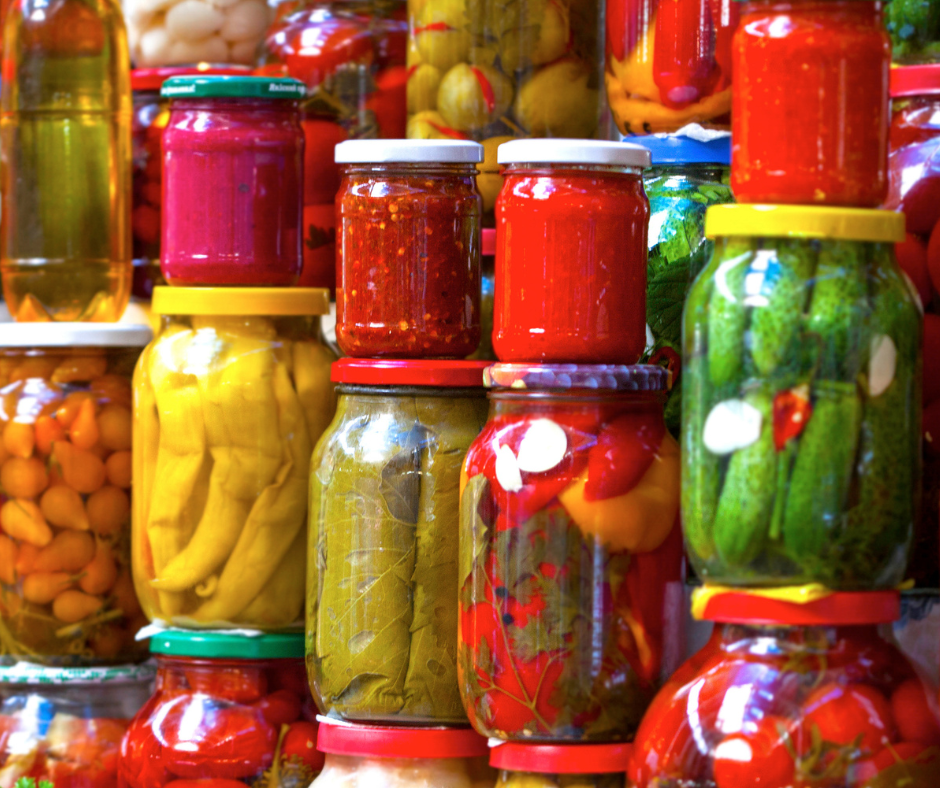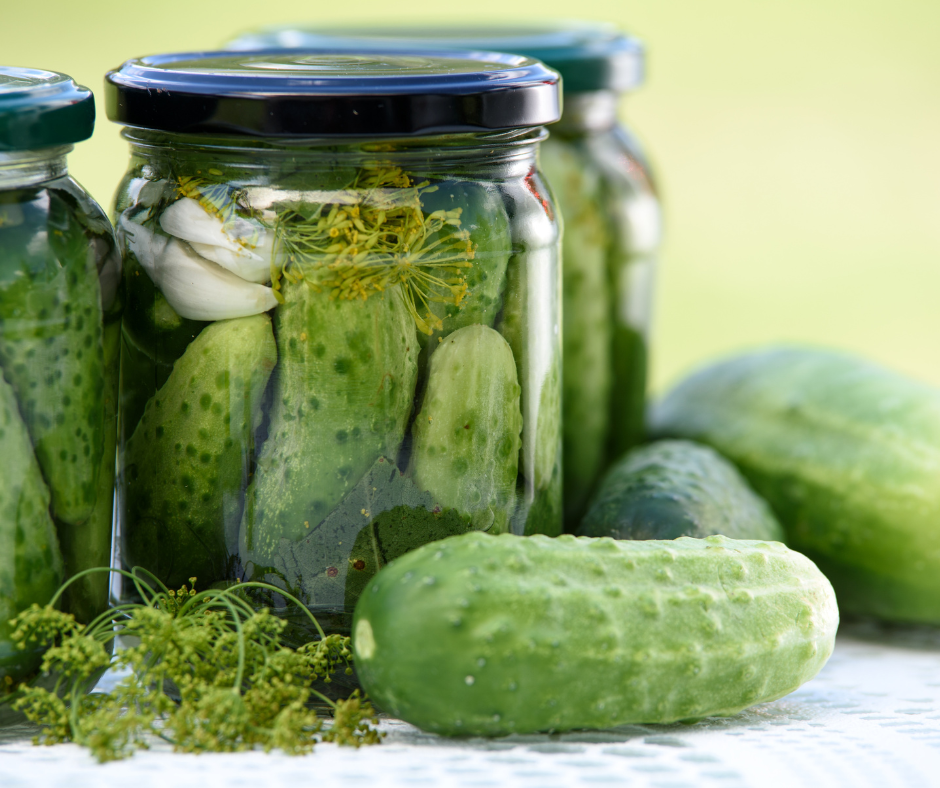Pickling vs. Fermenting
Aug 01, 2023
Fermenting vs. Pickling
Pickling and fermenting are two methods for naturally preserving foods, and both produce some delicious, tangy results. While they are very similar there are some difference to the methods that you need to know. Pickling involves soaking foods in an acidic liquid to achieve a sour flavor; but when foods are fermented, the sour flavor is a result of a chemical reaction between a food’s sugars and naturally present bacteria — no added acid required.
Fermentation preserves the nutrients of the original ingredients. Pickling, on the other hand, does not. Fermented foods win heavily in the categories of probiotics, bio-availability of nutrients, vitamins (especially vitamin K), enzymes, and beneficial acid levels. And where taste is concerned, the chemical reaction of a fermentation gives a more complex and flavor filled taste than pickling.
Does that mean that you shouldn’t pickle your veggies? Not at all. Pickling is the quickest way to preserve food and keeps the vegetables texture, color, and flavor. Fermentation is a much more complex and nutrient rich process that all home gardeners should try!

Get Creative and Have FUN!
No mater which method you choose, make sure you have fun with it. Spring is a season of bounty, and our harvest baskets will be overfilled. Take this time to preserve for later. You won't regret it. Choose veggies with bright vibrant colors, use a veggie cutter to cut veggies into fun shapes, and mix and match ingredients. Get creative and have fun!

Basic Fermenting Recipe
Place veggies and seasonings in jars, leaving at least 1 inch of room on top of the veggies. It's always safer to use too big of a container than too small.
Combine salt with room-temperature water (1 tsp. salt to every 1/2 cup of water) to make a 5% salt brine. Be sure to create enough to submerge all the vegetables you are fermenting. Stir vigorously to dissolve salt.
Pour the brine on top of the veggies, until they are completely submerged. Leave at least 1/2 inch of space above the top of the brine. If needed, weigh the veggies down to make sure they stay submerged.
After 1 week, begin tasting your veggies for the zing your prefer.
Refrigerator Pickle Recipe
Combine 1 1/4 cups vinegar, 3 tbsp. kosher salt, and 2 tbsp. sugar in a small non-reactive saucepan (such as stainless steel, glass, ceramic or teflon) over high heat. Whisk until the salt and sugar are dissolved. Transfer the liquid into a bowl and whisk with 2 cups cold water. Refrigerate brine until ready to use.
Stuff veggies into two clean 1-quart jars. Add 2 tbsp. coriander seeds, 6 peeled and halved garlic cloves, 1 tsp. mustard seeds, 1/4 tsp. red pepper flakes, 16 dill sprigs, and chilled brine into jars, dividing evenly. If necessary, add a bit of cold water to the jars until the brine covers the cucumbers. Cover and refrigerate about 24 hours, then serve. The pickles will keep in the refrigerator for up to one month.
Looking for more simple and delicious Pickling recipes? Look no farther! Pickling recipe




